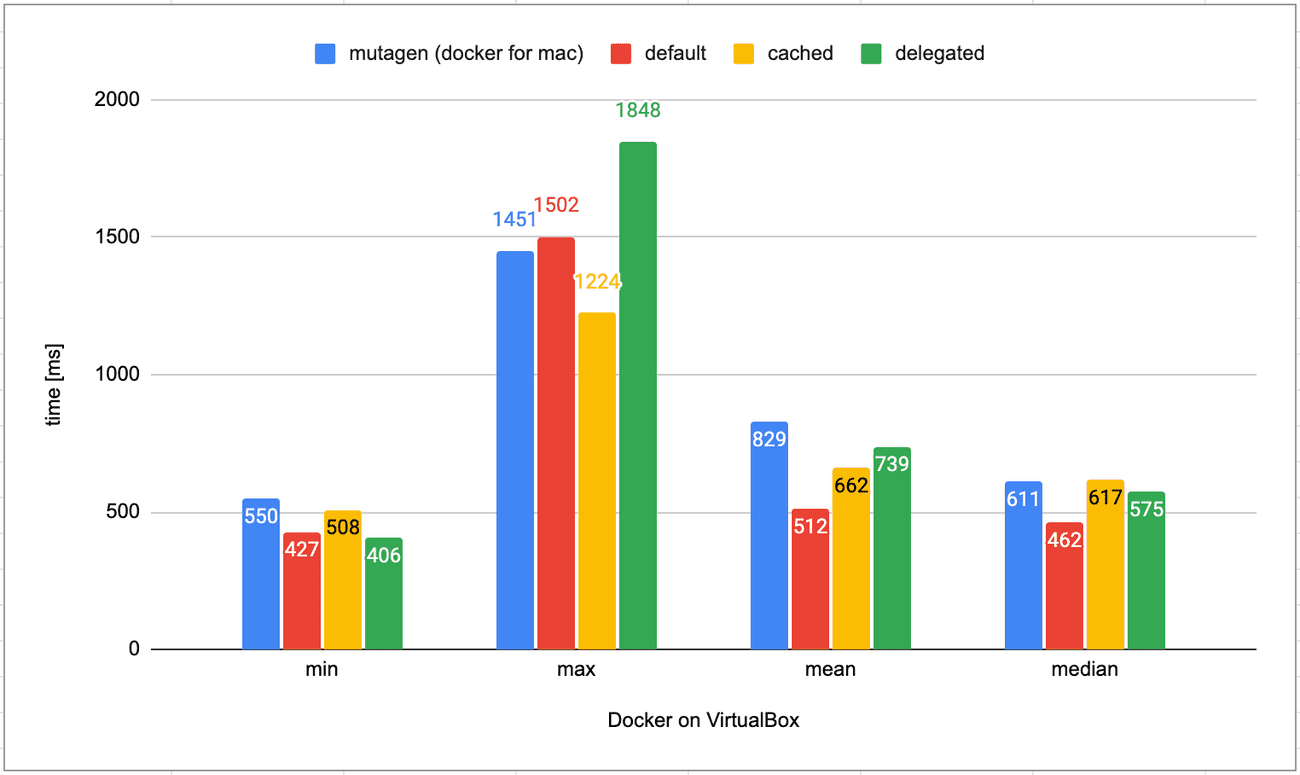

- #Docker tookbox vs docker for mac verification
- #Docker tookbox vs docker for mac software
- #Docker tookbox vs docker for mac code
- #Docker tookbox vs docker for mac series
- #Docker tookbox vs docker for mac windows

Now let us move on to discuss Docker architecture and the Docker components workflow. With Docker, we have a more innovative solution for application development, deployment, and distribution.Using the Docker platform, we can run an application in different locations, whether physical, virtual, or on cloud (private or public).Docker platform is time-saving, simple, and can easily integrate into the existing environment.Using an advanced tool like Docker, the development, deployment, and distribution of applications is faster and easy.Thus scalability is ensured easily with the Docker platform.
#Docker tookbox vs docker for mac code
#Docker tookbox vs docker for mac software
#Docker tookbox vs docker for mac windows
It doesn't interfere with host system hardware ( unlike VMs that communicate with hardware). Hence, we can have a container with a Linux image ( with the help of Hyper-V) and run on a host with Windows OS.
#Docker tookbox vs docker for mac verification
So we can prepare a container with different applications installed and distribute, which can then be run and can replicate for verification and other purposes.ĭocker containers run on top of the host system in an isolated environment. The applications do not interfere with one another. Thus each application is independent of others. The container holding each application also has its own set of dependencies and libraries. Each application runs on a separate container. The following diagram shows a typical Docker System on a Host OS.Īs shown in the above diagram, multiple applications run on the host machine. Unlike Hypervisors that VM ( Virtual Machines) uses, Docker achieves virtualization on system-level using containers. Applications build with Docker are simpler, easier, and safer to build, deploy, and manage containers.ĭocker is essentially a toolkit that enables developers to build, deploy, run, update, and stop containers by using simple commands available with Docker API. Using Docker, we can choose the product-specific deployment environment that will contain its own set of tools and application stacks. Docker is one such container platform, and we can define it as a software platform with advanced OS virtualization using which we can create, deploy, and run applications.Īlthough we can create containers without Docker, Docker simplifies and accelerates the application deployment or workflow. Faster and Consistent Delivery of ApplicationsĪs we know, containers are lightweight components/objects which we can use to package an application along with its dependencies, libraries, etc., and deploy it.The following topics will be the highlights of this post: We will discuss the Docker architecture and various components of Docker. In this article, we will begin our discussion on the Docker platform. Docker enables software to work on different containers.

We discussed how docker works on containers giving development and configuration powers to developers and SysAdmins.
#Docker tookbox vs docker for mac series
The last article in this series focussed on containerization and virtualization and how they are different from one another.


 0 kommentar(er)
0 kommentar(er)
